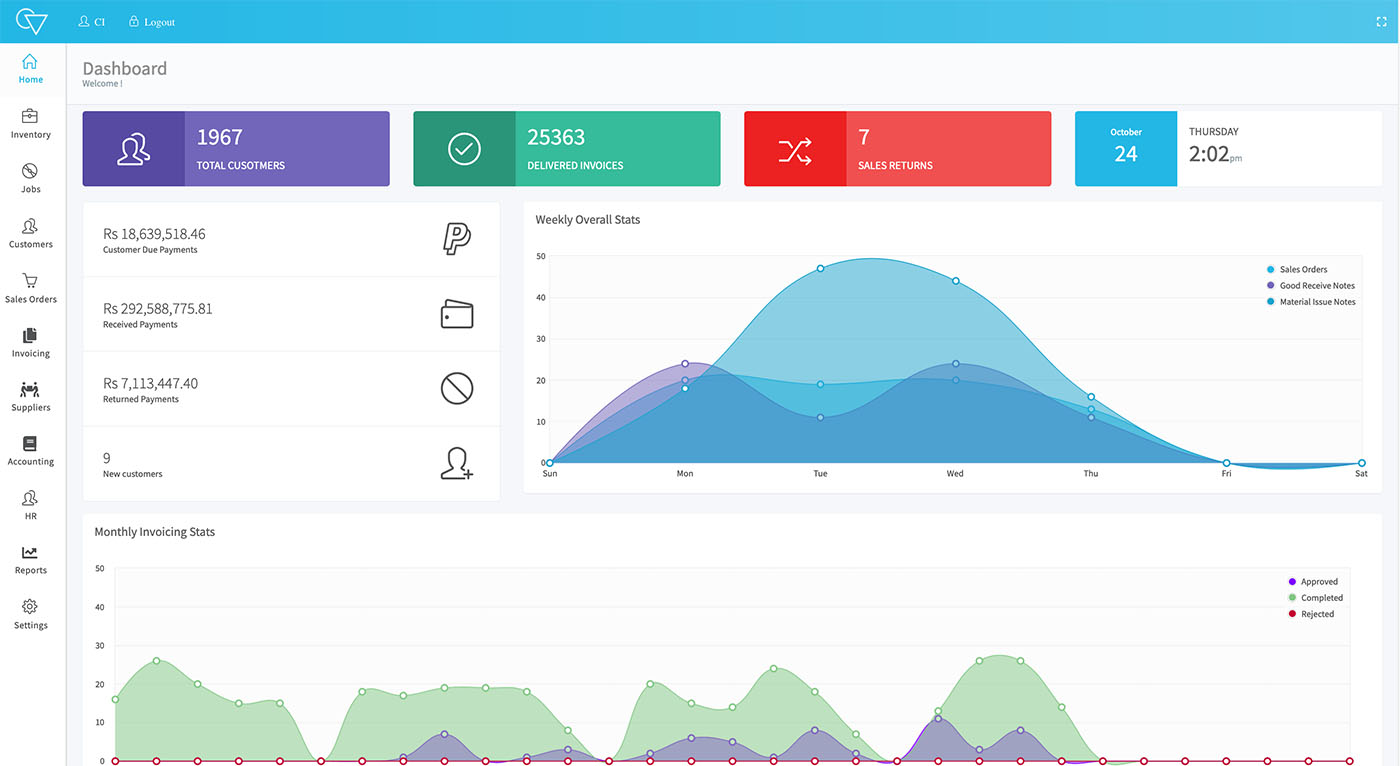Cloud inventory management for small businesses has emerged as a transformative solution, revolutionizing the way businesses track and manage their inventory. This guide delves into the intricacies of cloud inventory management, empowering small businesses to streamline operations, reduce costs, and gain a competitive edge.
Cloud inventory management systems offer a plethora of benefits, including enhanced visibility, reduced errors, and seamless collaboration. Small businesses can leverage these advantages to optimize their inventory levels, minimize waste, and make informed decisions.
Overview of Cloud Inventory Management for Small Businesses

Cloud inventory management is a revolutionary solution that empowers small businesses to streamline their inventory processes, reduce costs, and gain a competitive edge. It involves leveraging cloud-based software to centralize and manage inventory data, automate tasks, and provide real-time visibility into stock levels.
By embracing cloud inventory management, small businesses can eliminate manual errors, optimize inventory levels, and enhance customer satisfaction. This comprehensive approach provides a holistic view of inventory, empowering businesses to make informed decisions, improve efficiency, and drive growth.
Benefits of Cloud Inventory Management
- Centralized Inventory Data: Cloud inventory management systems provide a single source of truth for all inventory-related data, eliminating discrepancies and ensuring accuracy.
- Automated Inventory Tracking: Automated inventory tracking eliminates manual processes, reduces errors, and frees up valuable time for other tasks.
- Real-Time Visibility: Real-time visibility into inventory levels empowers businesses to make informed decisions, prevent stockouts, and optimize inventory levels.
- Reduced Costs: Cloud inventory management systems can reduce storage costs, labor costs, and waste by optimizing inventory levels and automating processes.
- Improved Customer Satisfaction: By preventing stockouts and ensuring timely order fulfillment, cloud inventory management enhances customer satisfaction and loyalty.
Benefits of Cloud Inventory Management for Small Businesses

Cloud inventory management offers significant advantages to small businesses seeking to streamline their operations and enhance efficiency. These benefits include:
- Improved Visibility: Cloud-based inventory systems provide a real-time, centralized view of inventory levels, allowing businesses to monitor stock levels, identify discrepancies, and make informed decisions based on accurate data.
- Reduced Errors: Automation and integration capabilities in cloud inventory management systems minimize manual processes, reducing the risk of errors associated with data entry, order fulfillment, and inventory tracking.
- Enhanced Collaboration: Cloud inventory systems enable multiple users to access and update inventory information simultaneously, fostering collaboration and efficient communication among team members.
Case Study: Success Story of a Small Business Benefiting from Cloud Inventory Management
“ABC Company, a small online retailer, faced challenges with inventory accuracy and inefficient order fulfillment. After implementing a cloud inventory management system, they experienced a 25% reduction in order errors and a 15% increase in customer satisfaction due to improved inventory visibility and streamlined order processing.”
Features to Consider When Choosing a Cloud Inventory Management Solution: Cloud Inventory Management For Small Business

Selecting a cloud inventory management solution tailored to the unique needs of your small business is crucial. Consider these essential features:
Real-Time Inventory Tracking
- Enables instant visibility into inventory levels, preventing overstocking or stockouts.
- Automates inventory updates, eliminating manual errors and delays.
Centralized Data Management, Cloud inventory management for small business
- Provides a single, accessible platform for managing inventory data across multiple locations.
- Facilitates collaboration and data sharing among team members.
Reporting and Analytics
- Generates customizable reports on inventory performance, trends, and forecasting.
- Provides insights into inventory optimization, demand planning, and cost control.
Integration with Other Systems
- Seamlessly integrates with accounting, e-commerce, and CRM systems.
- Automates data exchange, eliminating double entry and streamlining processes.
Scalability and Flexibility
- Adapts to changing business needs and inventory growth.
- Provides customizable features and modules to meet specific requirements.
Security and Compliance
- Protects sensitive inventory data from unauthorized access and breaches.
- Complies with industry regulations and standards, ensuring data integrity and privacy.
Ending Remarks
In conclusion, cloud inventory management has become an indispensable tool for small businesses seeking to streamline their operations and drive growth. By embracing the features, best practices, and security considerations Artikeld in this guide, small businesses can harness the power of cloud technology to unlock new levels of efficiency and profitability.
Top FAQs
What are the key benefits of cloud inventory management for small businesses?
Cloud inventory management provides numerous benefits, including improved visibility, reduced errors, enhanced collaboration, and cost savings.
How can small businesses choose the right cloud inventory management solution?
When selecting a cloud inventory management solution, small businesses should consider features such as ease of use, scalability, integration capabilities, and customer support.
What are the best practices for managing inventory effectively using cloud inventory management?
Best practices include maintaining data accuracy, forecasting inventory needs, optimizing stock levels, and implementing inventory control measures.